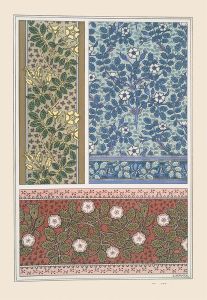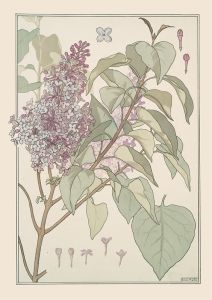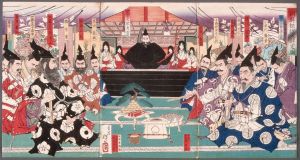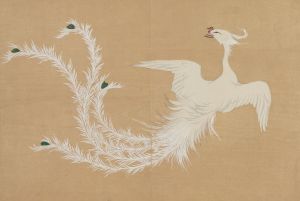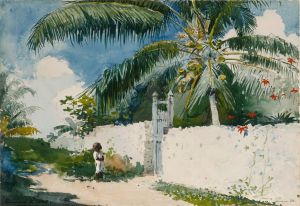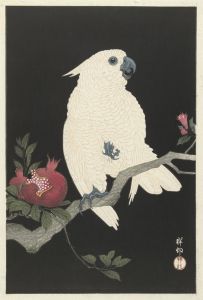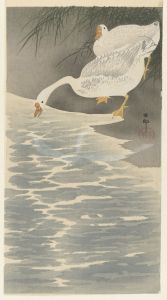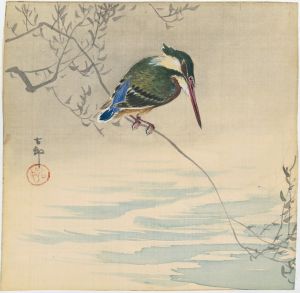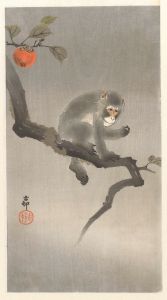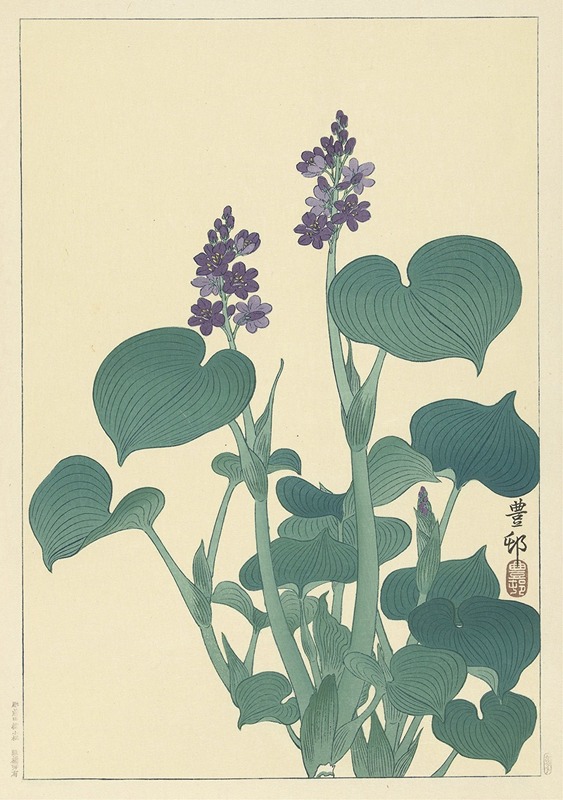
Flowering hosta
A hand-painted replica of Ohara Koson’s masterpiece Flowering hosta, meticulously crafted by professional artists to capture the true essence of the original. Each piece is created with museum-quality canvas and rare mineral pigments, carefully painted by experienced artists with delicate brushstrokes and rich, layered colors to perfectly recreate the texture of the original artwork. Unlike machine-printed reproductions, this hand-painted version brings the painting to life, infused with the artist’s emotions and skill in every stroke. Whether for personal collection or home decoration, it instantly elevates the artistic atmosphere of any space.
Ohara Koson (1877–1945) was a prominent Japanese artist known for his exquisite woodblock prints, particularly those depicting birds and flowers, a genre known as kachō-e. His work is often associated with the shin-hanga ("new prints") movement, which sought to revitalize traditional ukiyo-e art with modern sensibilities during the late 19th and early 20th centuries. Koson's prints are celebrated for their delicate beauty, attention to detail, and harmonious compositions.
"Flowering Hosta" is one of Koson's notable works, showcasing his mastery in capturing the essence of nature. The print features the hosta plant, known for its lush foliage and elegant flowers. Hostas are a popular subject in Japanese art due to their aesthetic appeal and cultural significance. In "Flowering Hosta," Koson expertly renders the plant with a keen eye for detail, highlighting the texture of the leaves and the subtle hues of the flowers. The composition is both simple and sophisticated, reflecting the Japanese appreciation for nature's transient beauty.
Koson's technique involved the traditional ukiyo-e woodblock printing process, which includes collaboration between the artist, carver, and printer. The artist would first create a detailed design, which the carver would then meticulously transfer onto wooden blocks. Each color in the print required a separate block, and the printer would apply the colors in layers to achieve the final image. This labor-intensive process allowed for the production of vibrant and intricate prints, of which "Flowering Hosta" is a prime example.
The shin-hanga movement, to which Koson contributed significantly, was characterized by its blend of traditional Japanese subjects with Western influences such as realism and the use of light and shadow. This movement was partly a response to the decline of ukiyo-e in the face of modernization and Westernization in Japan. By infusing new life into traditional themes, artists like Koson helped preserve and evolve Japanese printmaking.
Koson's work gained international recognition, particularly in the United States and Europe, where there was a growing interest in Japanese art during the early 20th century. His prints were often exported and became part of numerous private and public collections worldwide. Today, Koson's works, including "Flowering Hosta," are highly sought after by collectors and are frequently exhibited in museums dedicated to Asian art.
"Flowering Hosta" exemplifies Koson's ability to convey the serene beauty of nature through his art. The print not only reflects the technical skill and aesthetic principles of the shin-hanga movement but also embodies the timeless appeal of Japanese art. Koson's legacy continues to influence artists and captivate audiences, ensuring that his contributions to the world of art are remembered and appreciated.





